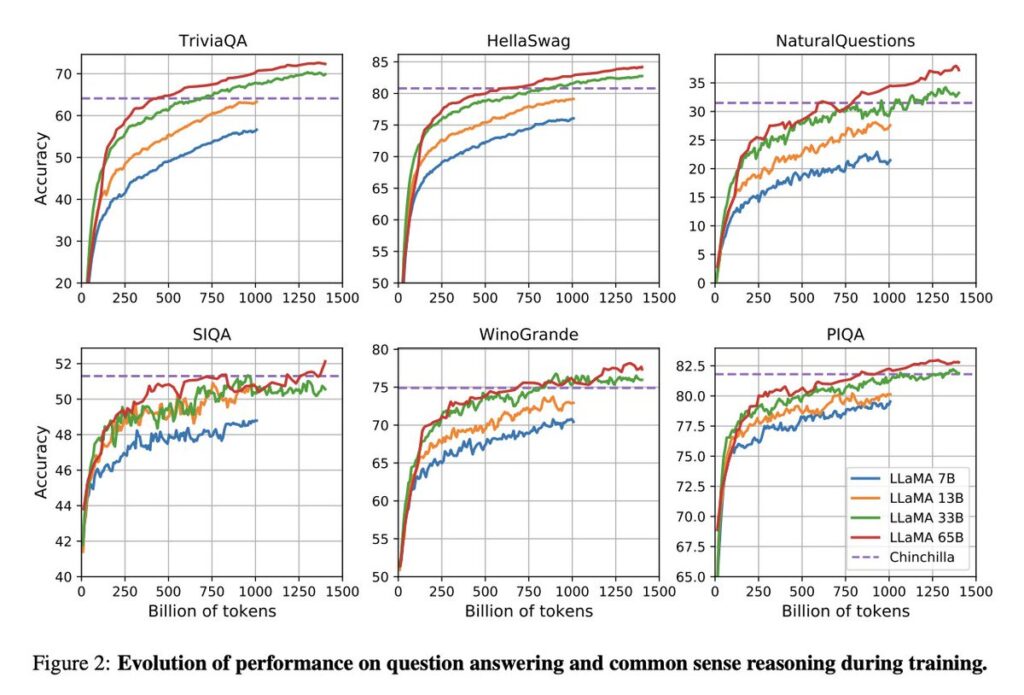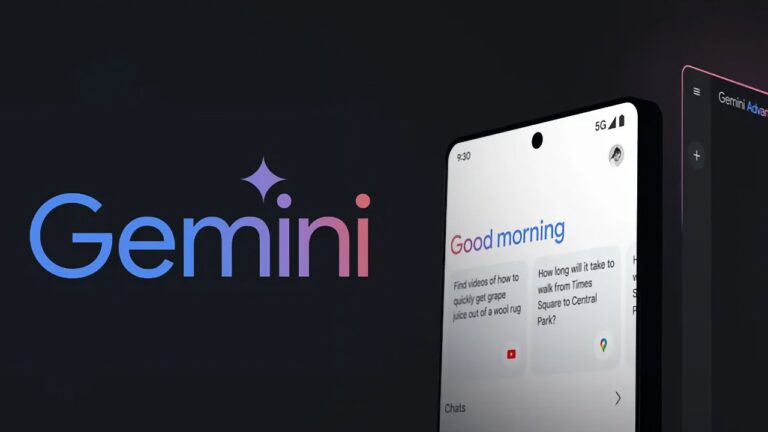
A Game-Changer in Artificial Intelligence: The Rise of the s1 Model
In recent years, artificial intelligence (AI) has transformed our lives in ways we never imagined. From chatbots and personal assistants to advanced machine learning algorithms that can predict weather patterns and analyze huge datasets, AI is reshaping the world. Among the many players in this field, OpenAI has been a frontrunner, known for its powerful models like ChatGPT. However, a bold new challenger has emerged from the labs of Stanford University and the University of Washington. This article explores their groundbreaking achievement: the development of the s1 model, an AI reasoning system that not only competes with the best but does so at a fraction of the cost and time.
What Makes the s1 Model Special?
Let’s break down what this means. First off, the s1 model was created in just 26 minutes and cost under $50 to build. If you’re thinking, “How is that even possible?” you’re not alone! The secret lies in a technique called distillation. This method involves taking a large, complex AI model and squeezing it down into a smaller, more manageable form without losing too much efficiency. Imagine distilling your favorite fruit juice: you get all the delicious flavors but in a more concentrated, easier-to-drink form. Similarly, the researchers used a refined dataset of only 1,000 questions to train s1, which may sound pretty small compared to the mountains of data usually required to train AI models. Surprisingly, they found that this smaller dataset could yield results just as effective as a much larger one.
The Power of a Smaller Dataset
You might be wondering why anyone would believe that a small dataset could compete with something larger and more powerful. Traditionally, many people in the tech world have thought that having tons of data is essential for creating intelligent models. However, the researchers noticed something interesting while developing s1. When they studied how other models, like Google’s Gemini 2.0, processed information, they realized that quality could be more important than quantity. By carefully selecting and refining their dataset, they managed to provide the model with exactly what it needed to learn effectively. It’s kind of like studying for a test: rather than cramming every possible fact into your brain, focusing on a few key topics can sometimes help you understand the material better.
Advanced Technology Behind s1
Now, what about the technical details? The s1 model was trained using 16 powerful Nvidia H100 GPUs. If you’re not a tech person, GPUs are like the heavy lifting machines of computer processing. They can handle a lot of complex calculations simultaneously, making them perfect for training AI. However, what really sets s1 apart is its test-time scaling method. This smart feature allows the model to reevaluate its answers. It’s almost like having a personal tutor that patiently guides you to rethink a question if you get it wrong the first time. So, if the model doesn’t nail an answer right away, it can rethink its approach and come up with a better response. This ability is crucial for reasoning tasks, especially in competitive environments like math contests or complex problem-solving scenarios.
Surpassing the Competition
So, how does s1 compare to other models? According to the research findings, s1 outperformed OpenAI’s o1 model (named after its success with various reasoning tasks) on competitive math questions by up to 27%. This is a significant achievement, especially considering the o1 model has received extensive support and funding. It raises intriguing questions about the role of traditional methods in AI development. With s1’s birth, it’s clear that the landscape of AI is beginning to change. Suddenly, smaller organizations or even independent researchers might be able to compete with tech giants like OpenAI and Google.
What Does This Mean for the Future of AI?
This breakthrough represents a major shift in AI research and development. Now, smaller, low-cost models could disrupt the market by proving that you don’t necessarily need vast financial resources or monumental infrastructure to create cutting-edge AI. Instead, smart strategies and innovative techniques can yield extraordinary results. It opens up possibilities for more individuals and smaller companies to innovate and enter the AI space.
Imagine a future where students at high schools and colleges can easily access powerful AI tools without the cost barriers. What could that mean for your learning and creativity? More importantly, it gives hope to those who want to make significant advancements in technology without being held back by limited resources.
The Ethical Side of AI Development
While the excitement around developments like the s1 model is palpable, we must also think critically about the implications. As these models become more accessible, we will face pressing questions about responsibility. Who gets to use these powerful AI tools, and how should they be regulated? We witnessed various instances where AI has been misused, leading to fake news or biased outputs. Therefore, as innovators develop new models, they should also consider ethical frameworks to make sure these technologies are used for good.
Engaging with the Community
As we delve deeper into the world of AI, it becomes clear that innovations will continue to emerge. The advent of models like s1 demonstrates the importance of creativity and resourcefulness in the tech field. But beyond that, it invites us to reflect on our roles in this technological revolution. How can you contribute? What ideas do you have for using AI in your everyday life or for solving real-world problems?
With this exciting journey unfolding before us, I’d love to hear your thoughts! How do you feel about new AI models like s1? Do you think it’s possible for smaller teams to create groundbreaking technology? Share your comments below; your insights may inspire the next generation of innovators!






